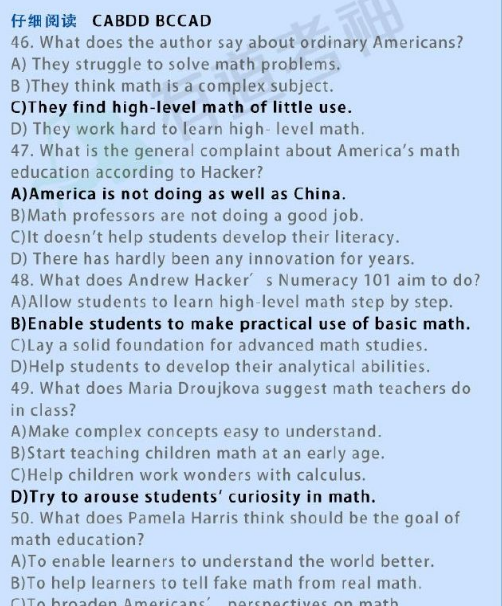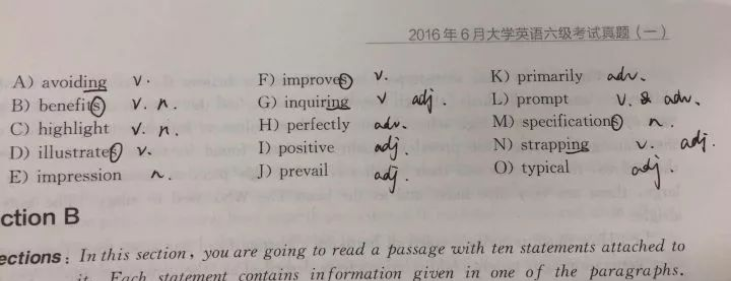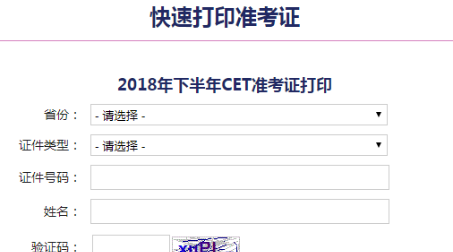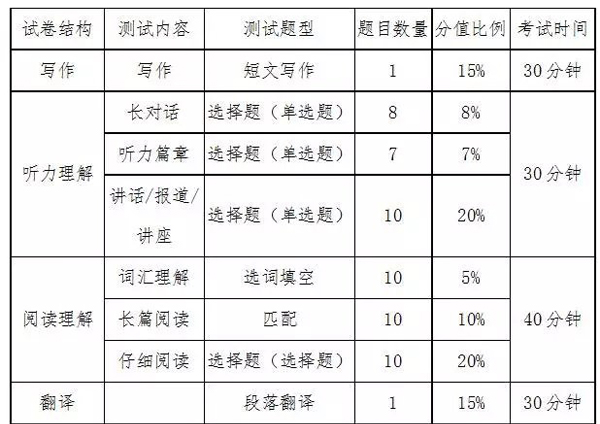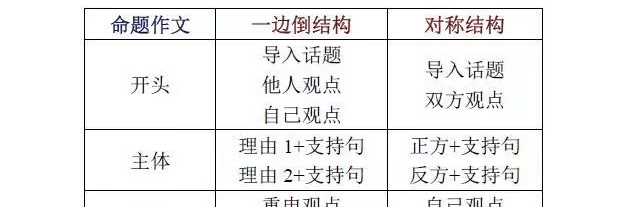LAST考试阅读笔记-第三讲-(4)
|
8. according to the author of the passage, stilgoe uses the phrase “romantic-era distrust” (line 13) to imply that the view he is referring to was (假定位信息题,此题做取非) (a) the attitude of a minority of intellectuals toward technological innovation that began after 1830. (b) a commonly held attitude toward the railroad during the 1830s. (c) an ambivalent view of the railroad expressed by many poets and novelists between 1880 and 1930. (d) a critique of social and economic developments during the 1830s by a minority of intellectuals. (e) an attitude toward the railroad that was disseminated by works of popular culture after 1880. 9. according to the author, the attitude toward the railroad that was reflected in writings of henry james, sinclair lewis, and f. scott fitzgerald was (a) influenced by the writings of frank norris, eugene o’neill, and henry adams (b) similar to that of the minority of writers who had expressed ambivalence toward the railroad prior to the 1880s (c) consistent with the public attitudes toward the railroad that were reflected in works of popular culture after the 1880s (d) largely a reaction to the works of writers who had been severely critical of the railroad in the 1830s (e) consistent with the prevailing attitude toward the railroad during the 1830s. 10. it can be inferred from the passage that the author uses the phrase “works of popular culture” (line 41) primarily to refer to the (a) work of a large group of writers that was published between 1880 and 1930 and that in stilgoe’s view was highly critical of the railroad. (b) work of writers who were heavily influenced by hawthorne and thoreau (c) large volume of writing produced by henry adams, sinclair lewis, and eugene o’neill (d) work of journalists, novelists, and illustrators who were responsible for creating enthusiasm for the railroad during the 1830s (e) work of journalists, novelists, and illustrators that was published after 1880 and that has received little attention from scholars other than stilgoe 11. which one of the following can be inferred from the passage regarding the work of frank norris, eugene o’neill, and henry adams? (a) their work never achieved broad popular appeal. (b) their ideas were disseminated to a large audience by the popular culture of the early 1800s. (c) their work expressed a more positive attitude toward the railroad than did that of henry james, sinclair lewis, and f. scott fitzgerald. (d) although they were primarily novelists, some of their work could be classified as journalism. (e) although they were influenced by thoreau, their attitude toward the railroad was significantly different from his. 12. it can be inferred from the passage that stilgoe would be most likely to agree with which one of the following statements regarding the study of cultural history? (a) it is impossible to know exactly what period historians are referring to when they use the term “romantic era.” (b) the writing of intellectuals often anticipates ideas and movements that are later embraced by popular culture. (c) writers who were not popular in their own time tell us little about the age in which they lived. (d) the works of popular culture can serve as a reliable indicator of public attitudes toward modern innovations like the railroad. (e) the best source of information concerning the impact of an event as large as the industrial revolution is the private letters and journals of individuals. 13. the primary purpose of the passage is to 评述文的特点,评述文重点在于找人名,确定因果关系(特别是在科技文中) (a) evaluate one scholar’s view of public attitudes toward the railroad in the united states from the early nineteenth to the early twentieth century. (b) review the treatment of the railroad in american literature of the nineteenth and twentieth centuries (c) survey the views of cultural historians regarding the railroad’s impact on major events in united states history. (d) explore the origins of the public support for the railroad that existed after the completion of a national rail system in the united states (e) define what historians mean when they refer to the “romantic-era distrust” of the railroad. 阅读复习 1.词汇:每天可用1小时背单词 a.toefl词汇(王玉梅主编) b.搭配、词组(清华出版社,《词汇10000》中的3000词组) c.红宝书(可着重看形容词、动词) 2.习题:每天作两篇,重要的在于复习以前的习题 复习内容:a.文章结构 b.可以跳过不读的部分,原因 c.习题,正确选项为何正确;错误选项为何错误 d.gre北美题(第6套以后);gre国内题(93年以后的) 3.背诵:英美散文(王原生(音)主编,《英美散文选读》) 4.ps:可用一年时间准备,多看范文 |


